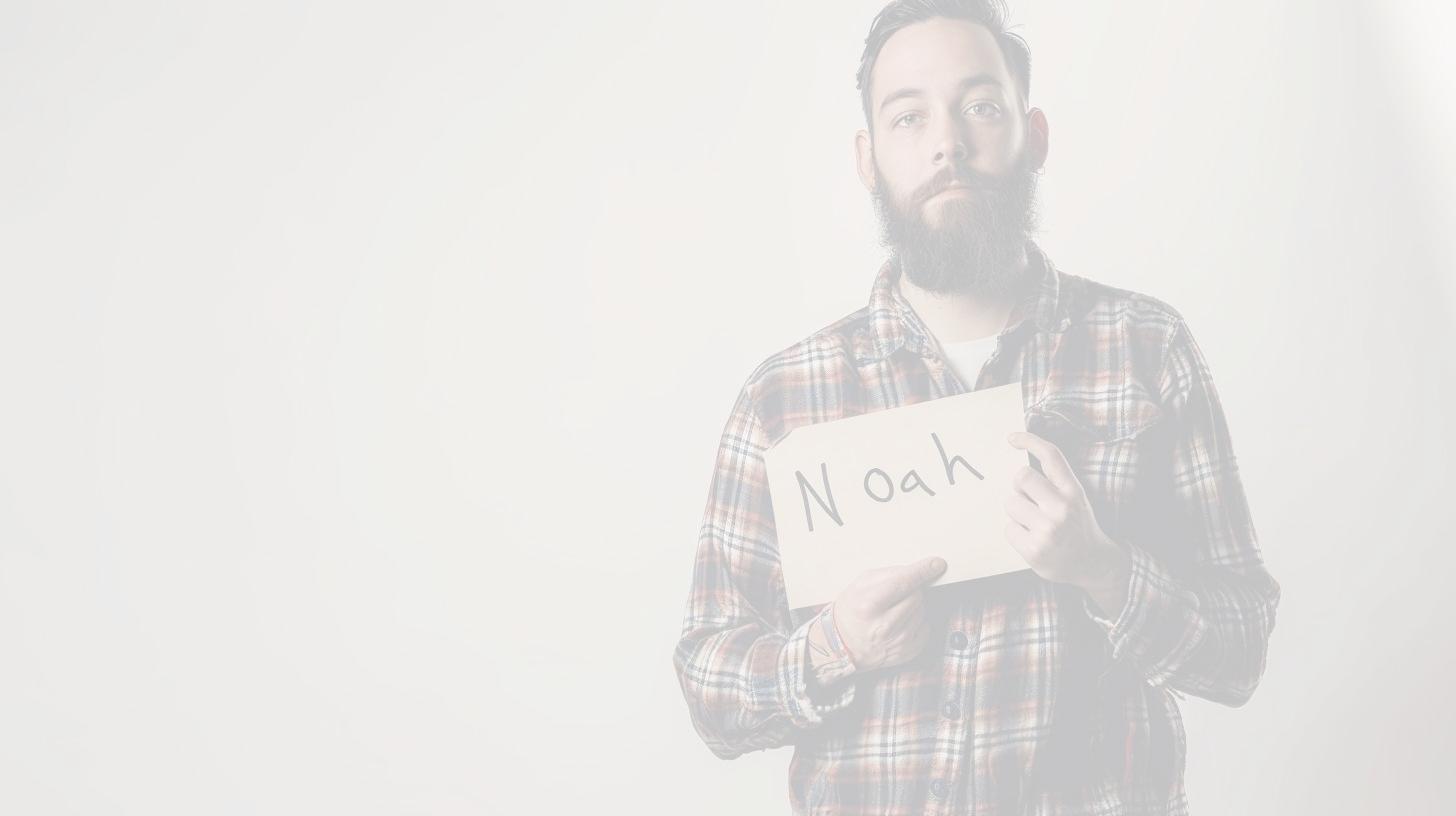Abstract/Summary
An AI robot named Ai-Da has made headlines after its painting, titled “AI God: Portrait of Alan Turing,” sold for $1.08 million at a Sotheby’s auction in New York City. This remarkable achievement makes it the most expensive artwork created by a humanoid robot. The sale raised significant discussions regarding the role of artificial intelligence in the art world, the ethical implications of AI, and the future relationship between technology and creativity.
Introduction
The integration of artificial intelligence into creative fields has become a focal point of debate in recent years. The recent auction of Ai-Da's painting not only demonstrates the potential financial value attributed to AI-generated art but also stimulates conversation about the philosophical and ethical dimensions of creativity in an increasingly digital landscape. This event is particularly relevant to artists, collectors, and technologists, who are navigating this evolving intersection of art and technology.
Content Overview
Key Facts and Figures
- Artwork title: “AI God: Portrait of Alan Turing”
- Auction Price: $1.08 million
- Pre-auction Estimate: $120,000 - $180,000
- Number of Bids: 27
- Creation: Ai-Da, a humanoid robot artist created by Aidan Meller
- Painting Technique: Robot uses its camera eyes to draft sketches and paint
Chronology of Events
- 2019: Ai-Da is launched by Aidan Meller and a robotics company in Cornwall, England.
- Auction Date: Ai-Da’s painting is auctioned at Sotheby’s in New York.
- Bidding Process: The artwork receives 27 bids, culminating in its final sale.
- Post-sale Discussion: The sale prompts discussions in artistic and technological communities regarding the implications of AI in art.
Main Participants
- Ai-Da: The humanoid robot artist responsible for creating the painting.
- Aidan Meller: The British gallerist and creator of Ai-Da, advocating for the dialogue between technology and art.
- Sotheby’s: The auction house responsible for facilitating the sale.
- Alan Turing: The subject of the painting, a pioneer in computing and artificial intelligence.
Sentiment Analysis
Public Opinion
General public opinion appears divided. Some view the sale as a monumental step for AI in the creative industries, while others remain sceptical, likening it to gimmicks rather than genuine artistic achievement.
Media Tone
Different media outlets exhibit varied tones; optimistic voices celebrate potential innovations in art through AI, while critics express doubts about the implications for human creativity and originality.
Social Media Trends
On social media platforms such as Twitter and Facebook, discussions range from admiration for Ai-Da's achievement to fierce critique of AI-generated art, questioning authenticity and artistic merit. Hashtags relating to AI, art, and Turing have gained traction, stimulating further debate.
In-Depth Details
Section 1: The Technology Behind Ai-Da
Ai-Da employs advanced AI algorithms and large language models to create artwork. The robot can analyse images, produce sketches, and formulate painting styles, which are then executed through robotic arms. This technology has evolved since Ai-Da's inception, enhancing its creative capabilities and agency.
Section 2: The Legacy of Alan Turing
Alan Turing is a significant figure in computing history, whose theories laid the groundwork for modern computer science and artificial intelligence. The choice of Turing as a subject not only pays homage to his contributions but also incites discourse on the ethical responsibilities accompanying emerging AI technologies.
Potential Implications
The sale of Ai-Da’s painting may herald a paradigm shift in the art market, re-evaluating how art is defined in the context of machines creating works. Short-term implications could include increased interest in AI-driven artworks and potential market volatility, while long-term consequences may involve redefining the boundaries of creativity and authenticity in art. This event may pave the way for further exploration of AI's capabilities and its place in society's cultural fabric, influencing future advancements in creative technology.
